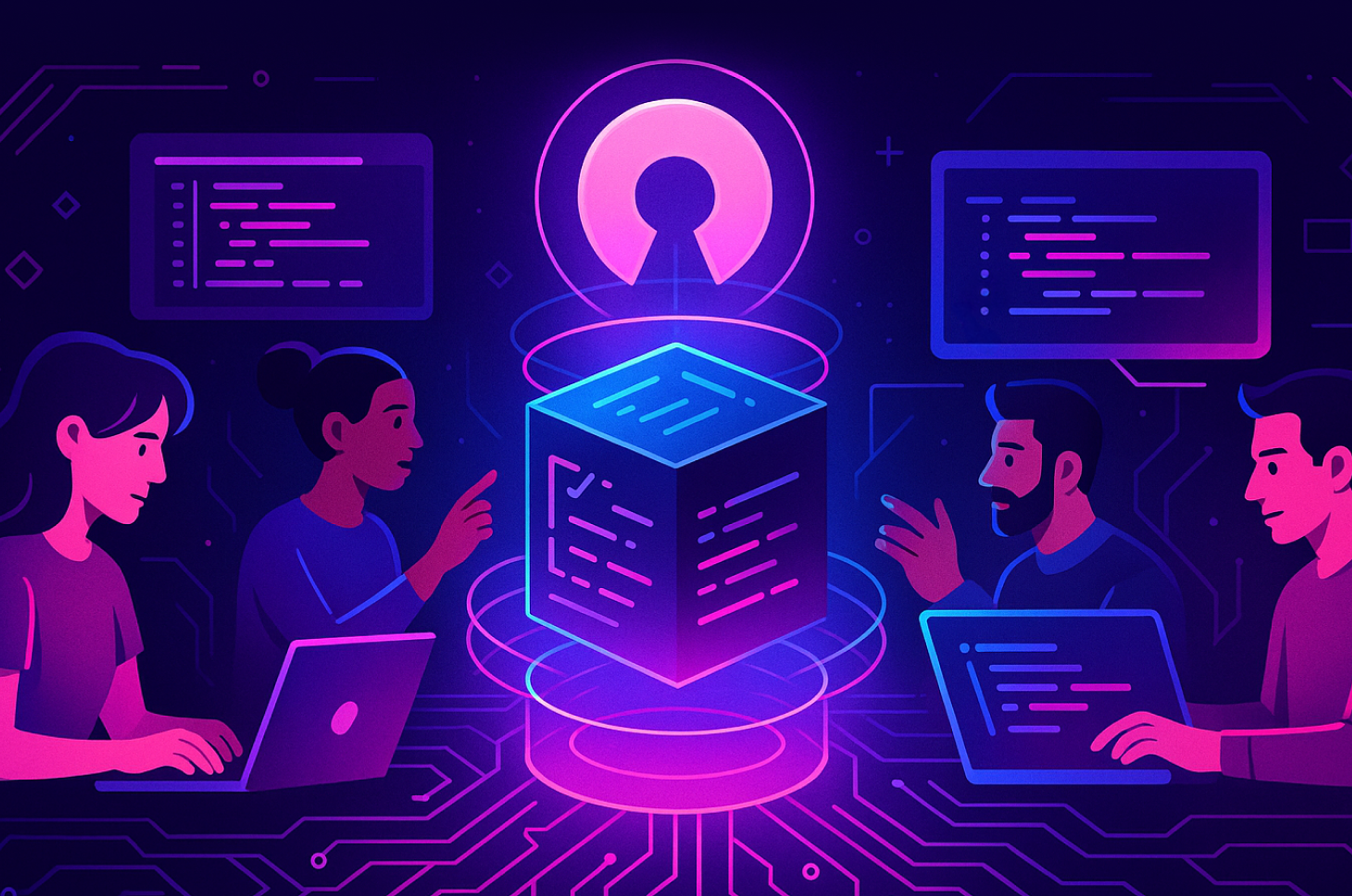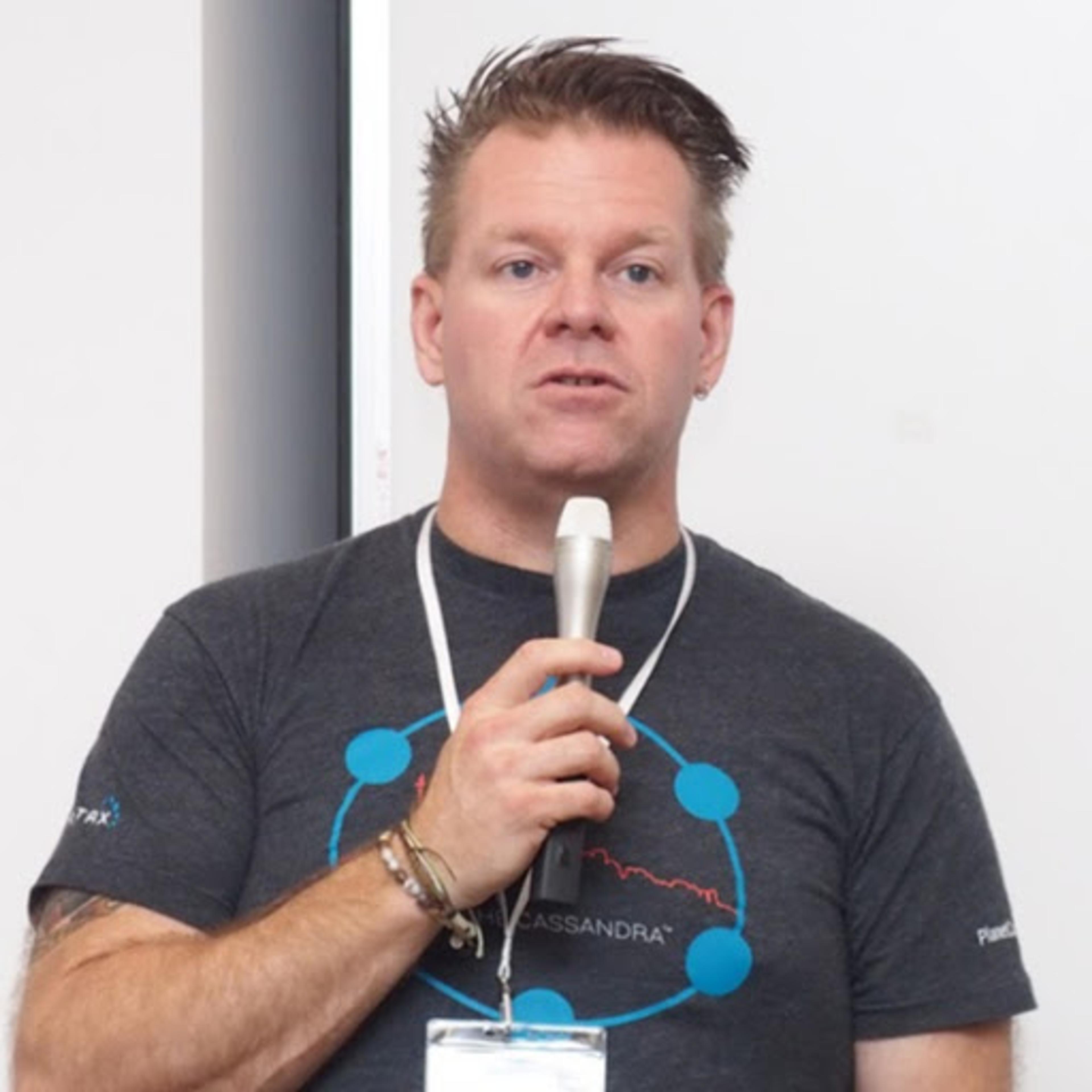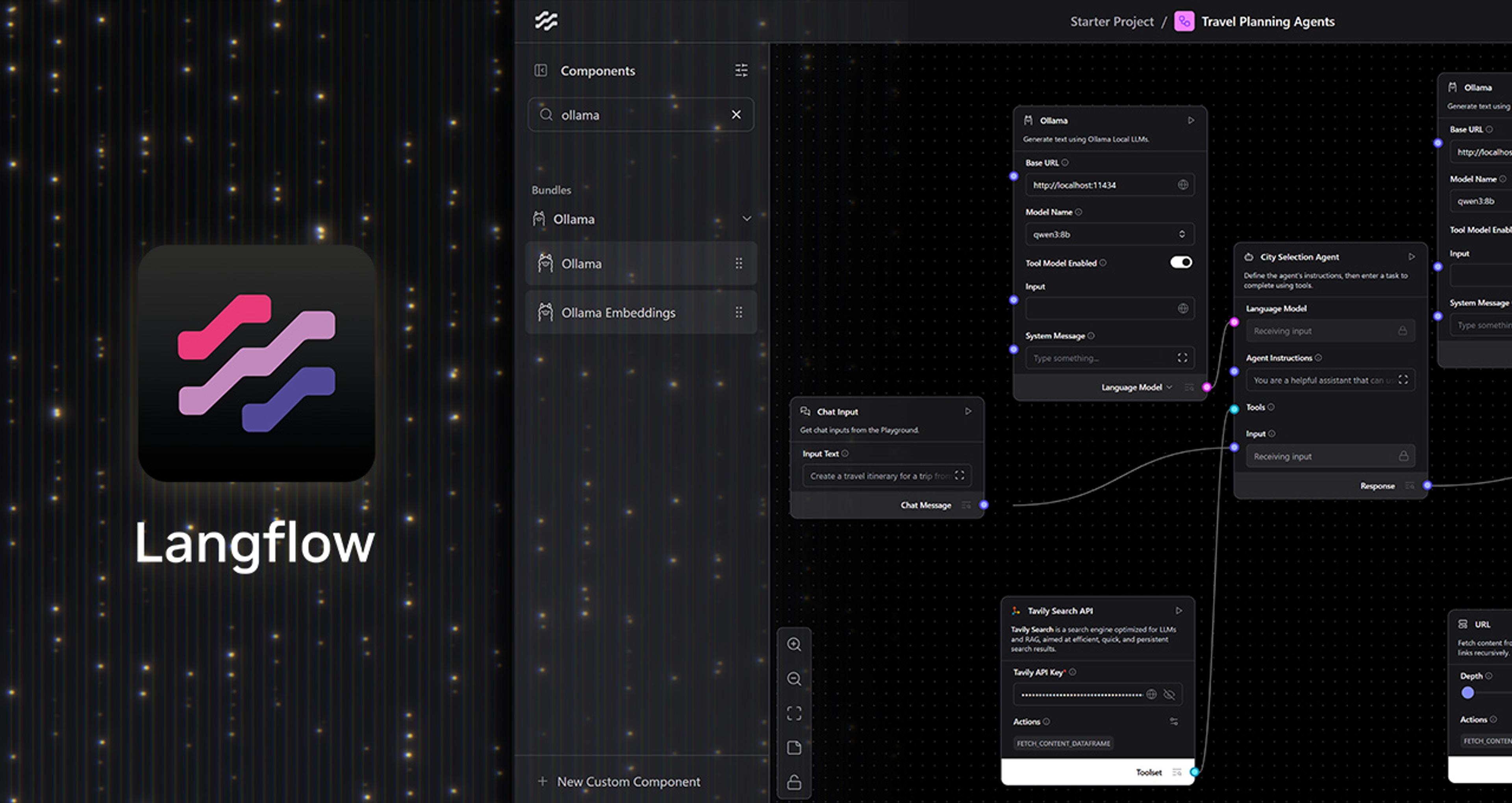ICYMI: The Great License Shuffle
Remember when “open source” meant open?
2021 was the year the wheels came off. Elastic re-licensed Elasticsearch and Kibana under the SSPL/Elastic v2, swapping community goodwill for tighter shareholder oversight (elastic.co). Redis followed with its own dual RSAL + SSPL cocktail, sparking a chorus of unhappy maintainers. MongoDB’s SSPL never even cleared the OSI bar for an open source license. And if you’ve encountered the Business Source License, that’s source-available. Production use starts the meter running the moment your app goes live.
Why the land‑grab? Lock‑in monetizes faster than community. But you pay for the “new” freedoms with the freedoms you already had. As a user, it gives you one more thing to navigate without a lot of clarity. DataStax, on the other hand, has consistently adhered to the principles of open source licensing.
Cassandra, a community that refuses to be fork‑lifted, by the numbers
-
#11 on DB‑Engines - the highest‑ranked Apache‑licensed database on the planet.
-
31,179 commits (and counting) across 15 years of GitHub history.
-
30,000+ production deployments - Cassandra clusters power organizations of every size, from side‑projects to Apple‑scale workloads
Those aren’t vanity numbers; they’re an insurance policy. Code, governance, and IP reside within the Apache Software Foundation, so no single vendor, including DataStax, can wall off the garden. The result is one of the most unique databases built in the past 50 years. Fit for the purpose that hundreds of contributors needed for their workloads.
How we build features—cloud‑tested, community‑approved
We don’t “code‑dump” into open source. We’ve been accused of that in the past but the result was a lot more structure and governance in the Cassandra project. Now, we trial new capabilities inside Astra DB first, where real‑world workloads shake out the edge cases. Once the telemetry looks solid, we write a Cassandra Enhancement Proposal (CEP) and invite the whole community to tear it apart before a line lands in trunk.
-
No midnight merges - Public CEP discussion replaces surprise pull‑requests.
-
Stable OSS core - The CEP gate keeps Cassandra predictable for everyone tracking the mainline.
-
Roadmap‑in‑the‑open - Our public downstream fork lets you see what we’re cooking months before the vote.
Graduates of this funnel include storage-attached indexes (CEP-7), trie memtables (CEP‑19), unified compaction (CEP‑25), and vector search (CEP‑30)—all born in Astra DB, now owned by everyone. This is the process that other large Cassandra shops have used to upstream internal ideas into production project code. Apple, Netflix, Uber, Amazon, and JPMC—just to name a few.
We’ve made our products better and shared the innovations with the community. We continue to push hard on innovation locally and will have many more things to share in the future. If you don’t want to use our products and prefer to roll your own, our Luna service gives you 24×7 support for upstream bits. Want Kubernetes? Hyper-Converged Database (HCD). Need turnkey, zero‑ops? Astra DB. Different roads, same upstream Cassandra.
Why we won’t chase the closed‑license crowd
Could we slap a “source‑available” fence around our cloud code tomorrow? Sure. Would revenue spike next quarter? Probably. But we’d torch the flywheel that put Cassandra on the map: shared, permissive innovation. Our fork would become unmaintainable with trying to manage a growingly diverse code base. We are incentivized to stay as close to trunk as possible with our dual license model.
Apache 2.0 gives end users a lot of freedom, but the motivations for shared innovation is what keeps a project like Cassandra moving forward together.
The business case: Freedom you can put in a spreadsheet
Enterprise CFOs love predictability. The State of Enterprise Open Source 2022 report found 82 % of IT leaders are more likely to pick a vendor that contributes upstream specifically to avoid surprise licensing fees and lock‑in. Closed‑license flip‑flops like Elastic’s jump to SSPL have shown how quickly “free forever” can become “pay up,” saddling teams with emergency migration budgets.
DataStax’s model is upside‑down from that cartel math. We monetize convenience-managed Astra DB, expert SLAs with Luna, and enterprise add-ons, but with control of the source code. If you decide to move an Astra workload back on-premises tomorrow, the same Cassandra bits are waiting for you, schema-compatible and license-identical.
That flexibility shows up in real budgets: hybrid and multi‑cloud deployments keep providers honest and let FinOps teams cherry‑pick the best price‑performance per region.
Operational risk drops, too. Luna’s 24×7 support gives you CVE patches and performance hot‑fixes on upstream code without waiting for distro vendors. Combine that with ASF governance of Cassandra and you get neutral IP stewardship, published release votes, and a public security team pipeline. No black‑box backlog.
Finally, the ecosystem is already battle‑hardened: Cassandra powers more than 25 Fortune 100 companies-including Apple and Netflix—proving the model scales both technically and commercially.
TL;DR: Risk math
• Neutral foundation ownership-ASF holds the copyright, so no single vendor (including DataStax) can re‑license Cassandra out from under you.
• No surprise license rewrites
• Swap between managed, Kubernetes, or self‑hosted at will
• Transparent governance and security fixes
• Huge talent pool and user base keeping skills liquid
The outcome, not the SKU
The running joke in developer circles is that nobody wants a database; what they want is their app to stay online and their customers to stay happy. Gartner calls this shift from features outcome‑driven metrics, where success is measured by the business results the tech unlocks, not the bells and whistles. Management research echoes the same refrain: solutions are yesterday’s story; buyers now pay for the end state they can brag about. That makes the licensing discussion much easier for us. The freedom you get is the freedom we get and we can offer products and services that work in that paradigm.
Outcomes are precisely how we structure our portfolio:
-
Astra DB for teams who want instant global scale with zero‑ops. You trade invoices for uptime charts.
-
HCD for platform engineers who need Cassandra’s horsepower under Kubernetes‑native controls. Outcome: consistent Day‑2 ops in GitOps pipelines, not click‑ops.
-
Luna for operators who self‑host but still want a 15‑minute SLA when the pager goes red. Outcome: risk transfer without architecture change.
Because we lead with your outcomes instead of trying to influence our outcomes with a license model, we can flex the economics in valuable ways. Free tier, consumption-based pricing, or predictability with subscription and enterprise flat-rate to match your current stage without locking you into tomorrow’s corner.
Learn all about your choices when choosing open source and DataStax products.




